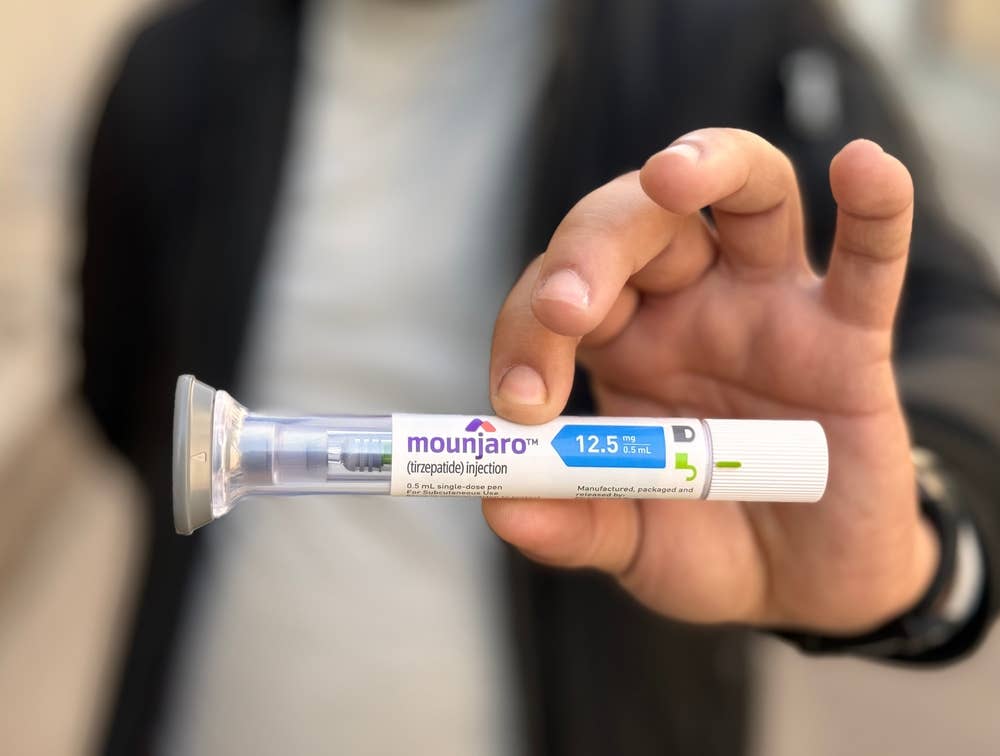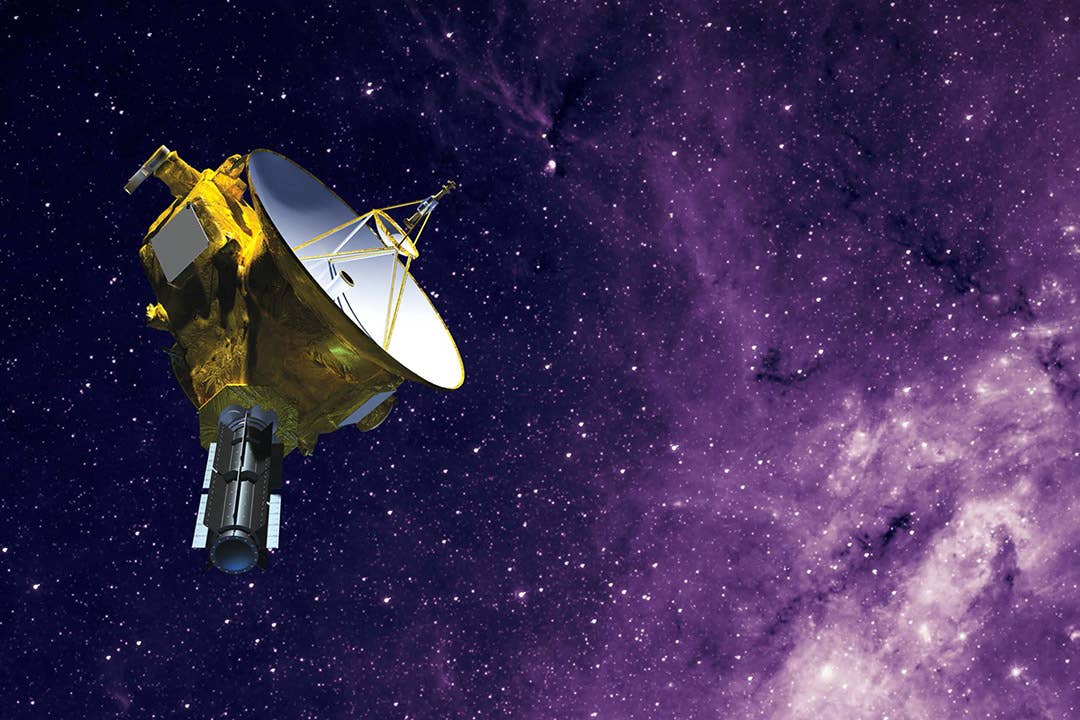Cutting-edge medical treatment eliminates kidney stones with little to no pain
Kidney stones, those painful crystalline formations that can wreak havoc in the human urinary system, may soon meet their match

[Nov. 25, 2023: JJ Shavit, The Brighter Side of News]
Potentially, the procedure to move or break up stones might eventually be performed in a clinic or emergency room setting. (CREDIT: Getty Images)
Kidney stones, those painful crystalline formations that can wreak havoc in the human urinary system, may soon meet their match in a groundbreaking medical technique that merges two ultrasound technologies.
A recently published feasibility study in The Journal of Urology has demonstrated the potential of this innovative approach to relocate or disintegrate kidney stones within the ureter, all without the need for anesthesia and with minimal discomfort.
The procedure relies on a handheld transducer placed on the patient's skin, directing ultrasound waves toward the stone. These waves serve a dual purpose: they can gently maneuver and reposition the stones to facilitate their passage, a process known as ultrasound propulsion, or they can effectively disintegrate the stones, employing a technique termed burst wave lithotripsy (BWL).
Dr. M. Kennedy Hall, the lead author of the study and an emergency medicine specialist at UW Medicine, described the key advantage of this technique over the conventional method, shock wave lithotripsy, which necessitates sedation.
Related Stories
"Unlike shock wave lithotripsy, which is the standard procedure now in use and requires sedation, this technology doesn't hurt," Dr. Hall emphasized. "It's nearly painless, and you can do it while the patient is awake, and without sedation, which is critical."
The research team envisions that this breakthrough technology could eventually be performed in a clinic or emergency room setting, offering more accessible and patient-friendly treatment options for kidney stone sufferers.
Kidney stones lodged in the ureter, the tube that connects the kidney to the bladder, are a frequent cause of excruciating pain and often lead to emergency department visits. Patients with ureteral stones are typically advised to wait and see if the stone will pass naturally, a process that can take weeks, with nearly one-fourth of patients eventually requiring surgery, according to Dr. Hall.
Procedure diagrams of use in the ED or clinic as performed in this study (left) and as envisioned by our National Aeronautics and Space Administration sponsors for use in space travel (right). (CREDIT: Carol Marinelli and Kim Reading)
Statistics reveal that one in 11 Americans will experience urinary stones at some point in their lives. Alarmingly, the incidence of kidney stones appears to be on the rise, as indicated by a UW Medicine study investigating the same technology. This study also found that up to 50% of patients who experience a stone event will have a recurrence within five years.
Dr. Hall and his colleagues embarked on this research journey with the aim of addressing the pressing need for a non-invasive approach to treat kidney stones, obviating the need for surgical intervention.
The study's primary goal was to assess the feasibility of utilizing ultrasonic propulsion and BWL to relocate or disintegrate stones in awake and unanesthetized patients, as Dr. Hall explained.
A total of twenty-nine patients participated in the study, with sixteen undergoing propulsion-only treatment and thirteen receiving both propulsion and burst wave lithotripsy. In nineteen of the cases, the stones successfully shifted within the ureter, while two cases witnessed the stones moving into the bladder.
Burst wave lithotripsy was effective in fragmenting the stones in seven instances. At a two-week follow-up, an impressive 86% of the patients whose stones were located lower in the ureter, closer to the bladder, had successfully passed their stones. On average, these patients experienced stone passage within approximately four days.
Kidney stone before and afetr 10 min BWL burst. (CREDIT: UW Medicine)
One of the patients involved in the study reported experiencing "immediate relief" upon the dislodgment of the stone from the ureter, highlighting the potential for this technique to offer swift relief to those suffering from kidney stones.
The next phase of research for the team involves conducting a clinical trial with a control group that will not receive either BWL bursts or ultrasound propulsion. This trial will help evaluate the extent to which this pioneering technology can enhance the passage of kidney stones.
The journey toward this groundbreaking technique began five years ago when NASA funded a study to explore the possibility of relocating or disintegrating kidney stones without anesthesia during extended space missions, such as those planned for Mars exploration. The results have been so promising that NASA has since downgraded kidney stones as a major concern for these missions. Dr. Hall exclaimed, "We now have a potential solution for that problem."
Lead study author Dr. M. Kennedy Hall. (CREDIT: UW Medicine)
This transformative study, initiated in 2018, was conducted on patients at various medical facilities, including Harborview Medical Center, University of Washington Medical Center-Montlake, and the Northwest Kidney Stone Center at the University of Washington Medical Center-Northwest. It engaged experts from the University of Washington School of Medicine's departments of emergency medicine, urology, and radiology, in collaboration with the UW Applied Physics Laboratory.
While previous UW Medicine trials focused on breaking apart kidney stones inside the kidneys, this trial stands as the first to investigate relocating or disintegrating stones within the ureter using BWL, marking a significant milestone in the field of kidney stone treatment. The potential for this non-invasive approach to revolutionize kidney stone management holds great promise, offering hope for millions of individuals who may one day benefit from this innovative technology.
Note: Materials provided above by The Brighter Side of News. Content may be edited for style and length.
Like these kind of feel good stories? Get the Brighter Side of News' newsletter.



